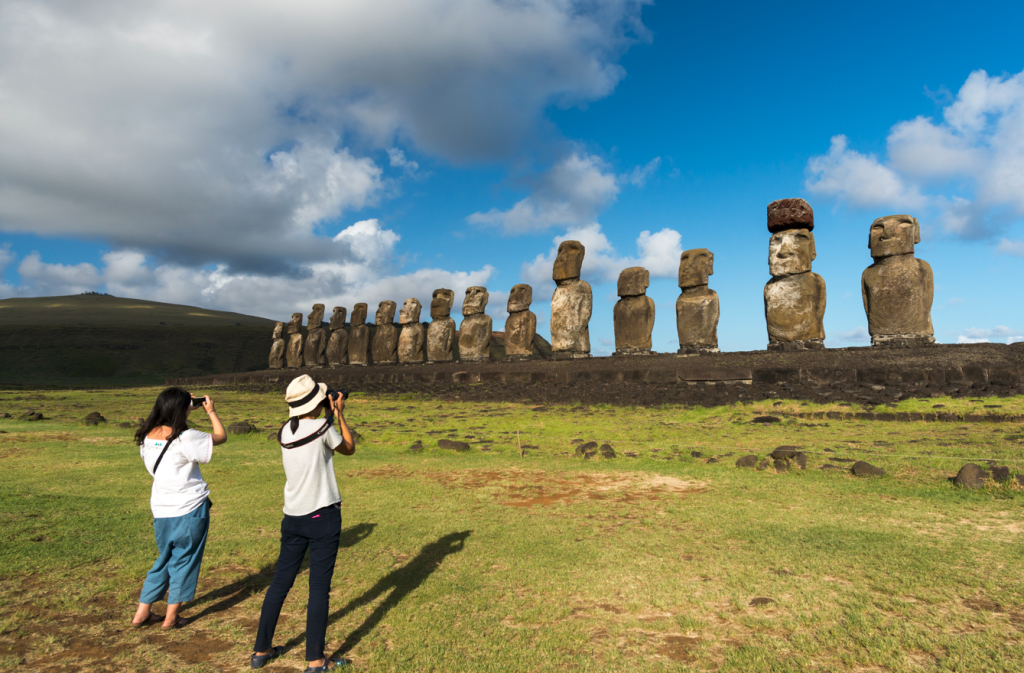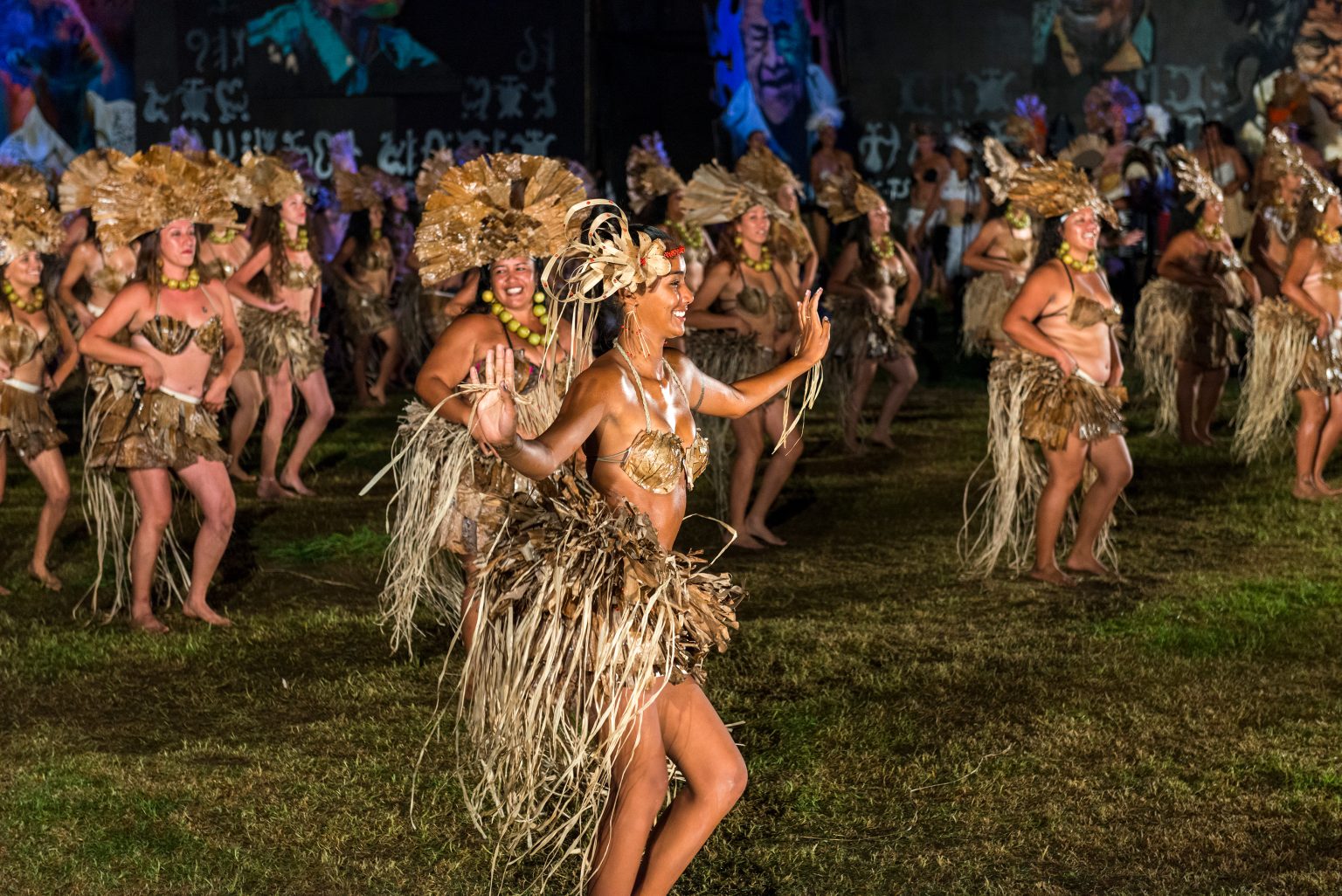February on Easter Island means experiencing one of the most authentic and vibrant festivals on the planet: Tapati Rapa Nui. For two weeks, the entire island beats to the rhythm of its ancestors, with physical competitions, artistic expressions, ceremonies, and a profound sense of community.
Tapati is not a staged tourist show—it’s a real celebration, created by and for the Rapa Nui people, where visitors are welcomed as observers and, in some cases, participants. It is a journey to the heart of Polynesian culture, a window into ancestral worldviews, and a living encounter with the strength of a community that keeps its traditions alive.
To truly experience the festival, having a private local guide is essential—not only because the National Park requires their presence at many archaeological sites, but also because a guide connects you with the authenticity of each event, helping you understand the stories, myths, and symbolism that give meaning to Tapati.
Here are the 10 most incredible experiences that make Tapati Rapa Nui 2026 one of the most powerful reasons to visit Easter Island in February.
1. Haka Pei: Pure Adrenaline
Perhaps the most famous and spectacular competition of Tapati, Haka Pei sees young warriors sliding at full speed down the steep slopes of Maunga Pu’i volcano—on nothing but banana tree trunks tied together. With no modern protection, they can reach speeds of over 80 km/h, leaving the audience holding their breath.
This ritual combines courage, skill, and ancestral heritage, reflecting the Rapa Nui connection with risk and nature. For visitors, it’s unforgettable: the perfect blend of thrill, danger, and celebration makes Haka Pei a true icon of Tapati.

2. Tau’a Rapa Nui: The Ancestral Triathlon
Unlike modern triathlons, the Tau’a Rapa Nui embodies survival and endurance practices of the ancestors. It includes three disciplines:
- Swimming in inland lagoons using reed floats made from totora.
- Running across land while carrying those same floats.
- Paddling in traditional canoes, connecting with the island’s maritime essence.
Each stage tests strength, resilience, and the bond with the elements. Watching the competitors is to understand the deep respect Rapa Nui has for the sea, the land, and the human body as inseparable parts of one whole.

3. Horse Races and Polynesian Canoes
Although horses arrived in modern times, they are now an essential part of Rapa Nui life. During Tapati, local riders showcase their skills in thrilling races across rugged volcanic terrain.
The Polynesian canoe regattas, however, evoke a much older tradition: that of the navigators who crossed the Pacific in simple vessels, guided only by the stars. Watching these competitions is not only exciting but also a way to imagine how the island’s first inhabitants arrived in this remote corner of the world.

4. Takona: Body Painting That Tells Stories
Takona is living art. Using natural pigments, participants paint their bodies with designs that represent lineages, myths, legends, and sacred symbols. It’s not merely aesthetic—it’s a visual language filled with cultural memory.
The Takona parade is one of the most colorful moments of Tapati. Each participant becomes a living canvas, a moving sculpture that reflects the spirituality of their ancestors. For visitors, it’s an encounter with beauty, symbolism, and the Rapa Nui worldview.

5. Kai Kai: Storytelling With Strings
One of the most unique expressions of the festival, Kai Kai uses strings woven between the fingers to tell stories about creation, migrations, gods, and the islanders’ relationship with nature.
Though it may look like a simple hand game, each figure carries deep meaning. Watching Kai Kai is to witness an ancient oral tradition—a bridge between generations. Visitors often feel as if they’ve traveled back in time, hearing myths and teachings still alive on the island.
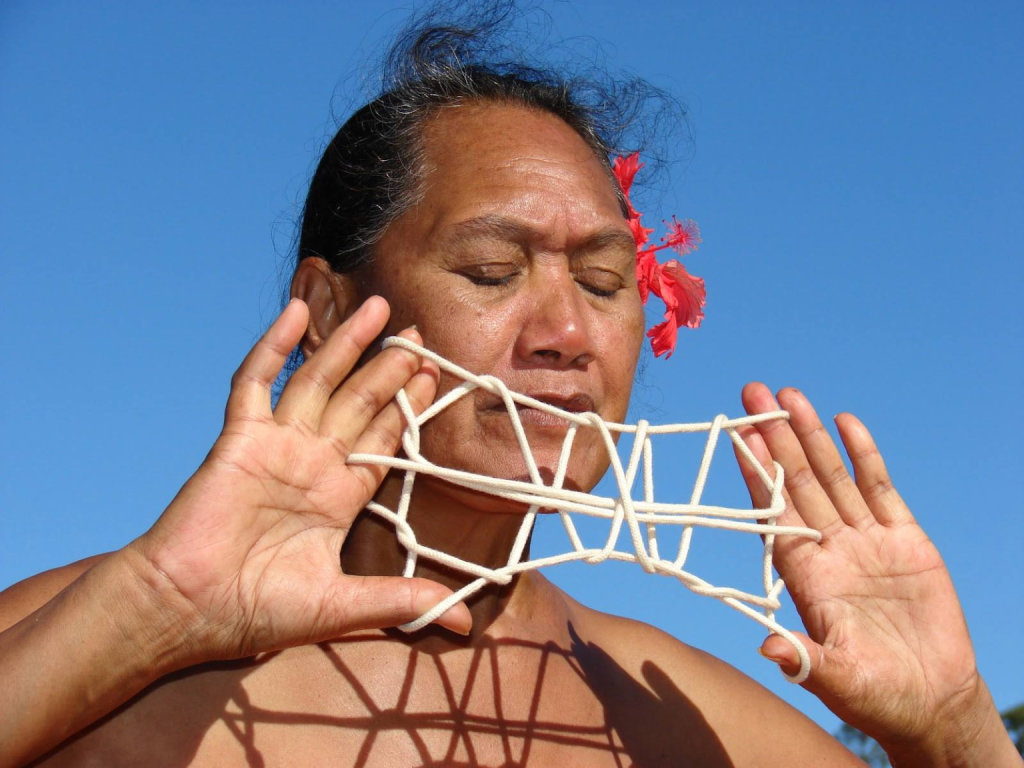
6. Hanga Vare Vare: The Heart of Tapati Nights
Each evening, the stage at Hanga Vare Vare lights up and becomes the cultural epicenter of Tapati. Here, traditional music, singing, and dancing take place, along with competitions between families supporting their queen candidates.
The atmosphere is electrifying: families, tourists, and artists all share one space under the starry Pacific sky. In many ways, Hanga Vare Vare embodies the social essence of Tapati—where culture is celebrated through collective joy.
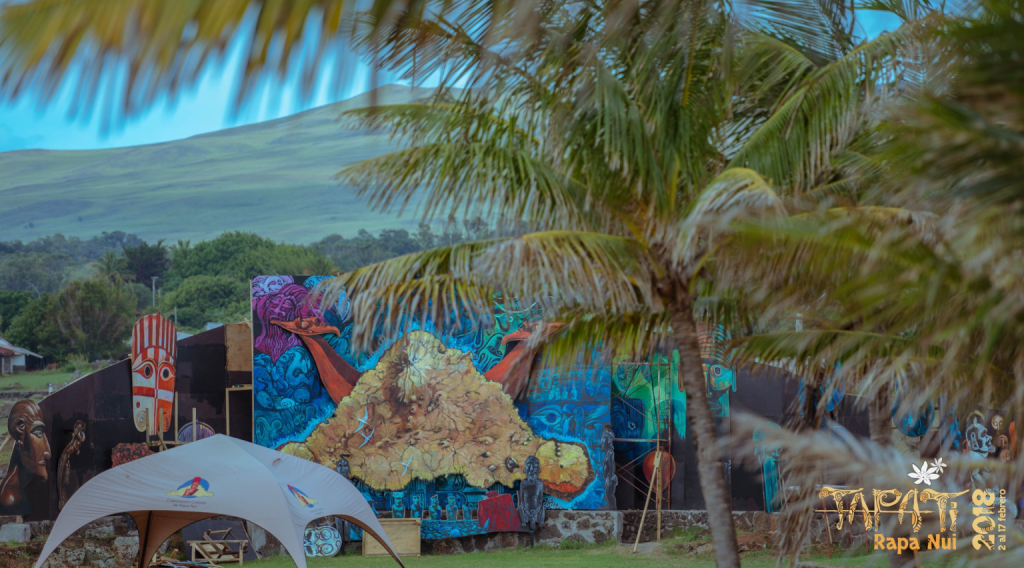
7. Local Cuisine and Handicrafts
Tapati is also a feast for the senses. At the food fair you can try traditional dishes such as umu pae (a Polynesian curanto cooked underground), fresh fish wrapped in banana leaves, tropical fruits, and homemade bread.
Local crafts include wood carvings of moai or mythological figures, shell necklaces, weavings, and flower crowns. Buying these pieces is not only taking home a souvenir, but also directly supporting local families.

8. Parades and Opening & Closing Ceremonies
The festival begins with a grand parade presenting the queen candidates, each supported by her family and clan. The atmosphere is festive, full of music, chants, and dances through the streets of Hanga Roa.
The closing, however, has a more solemn tone: the queen is crowned, the community is thanked, and competitions are brought to an end. These moments are profoundly symbolic, reflecting the unity of the island around its culture.
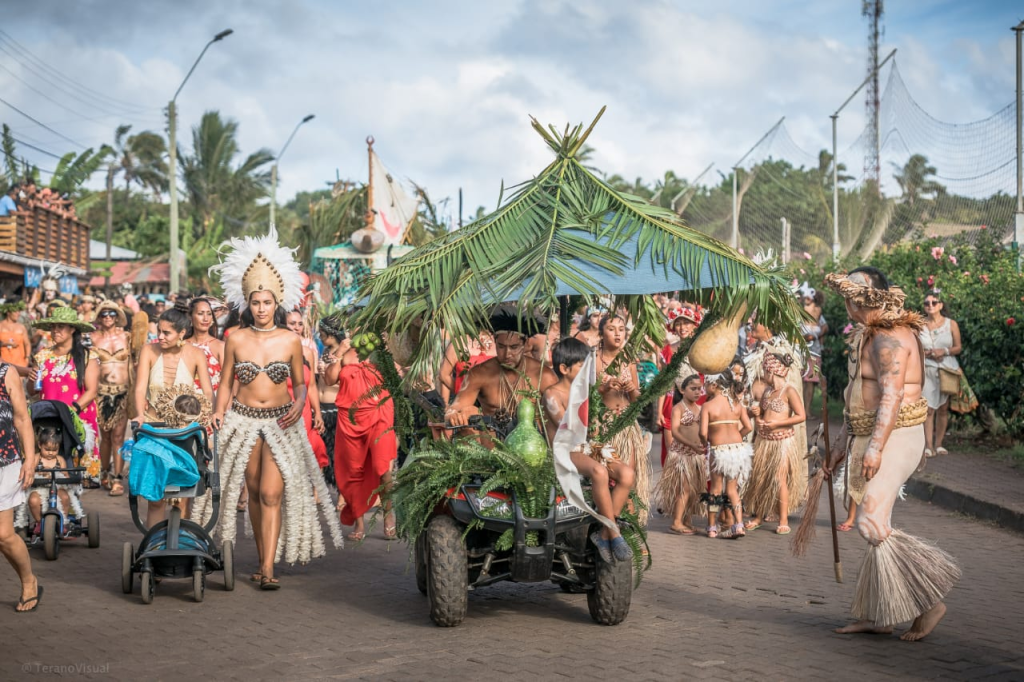
9. Interactive Workshops for Visitors
Though Tapati is mainly a local celebration, many activities invite visitors to participate. You can learn to dye with natural pigments, practice basic Polynesian dance steps, make feather or fiber ornaments, and even cook traditional dishes.
These workshops allow you to live the culture from within, not just as a spectator. They’re a chance to carry a piece of Rapa Nui in your heart and to appreciate the effort of keeping traditions alive.
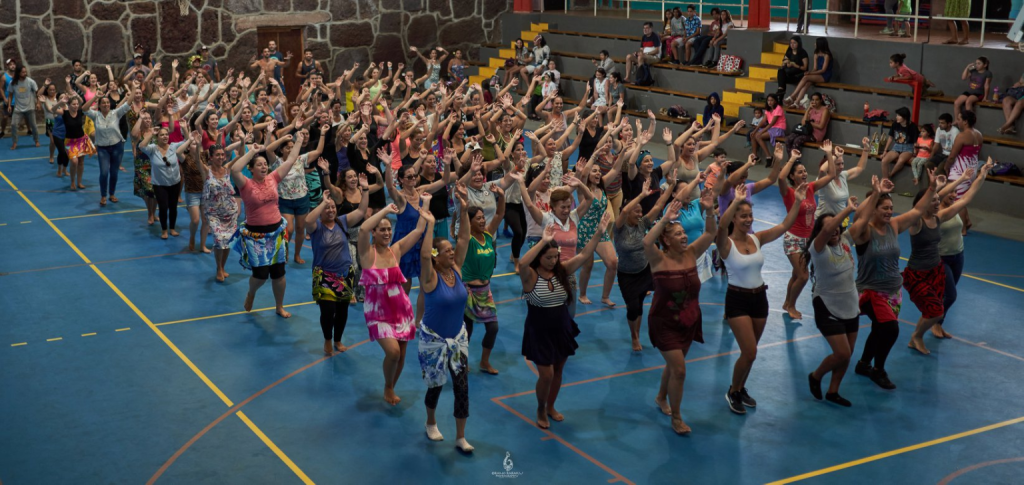
10. Community Spirit: The Essence of Tapati
What truly distinguishes Tapati is its spirit of community. The entire island takes part—from children dancing on stage to elders sharing stories. Visitors are moved to see that culture here is not staged but a living legacy.
This spirit of unity, where every family contributes and every clan defends its identity, is what makes Tapati unique. It is a reminder that on Rapa Nui, culture is not confined to books—it thrives in daily life.
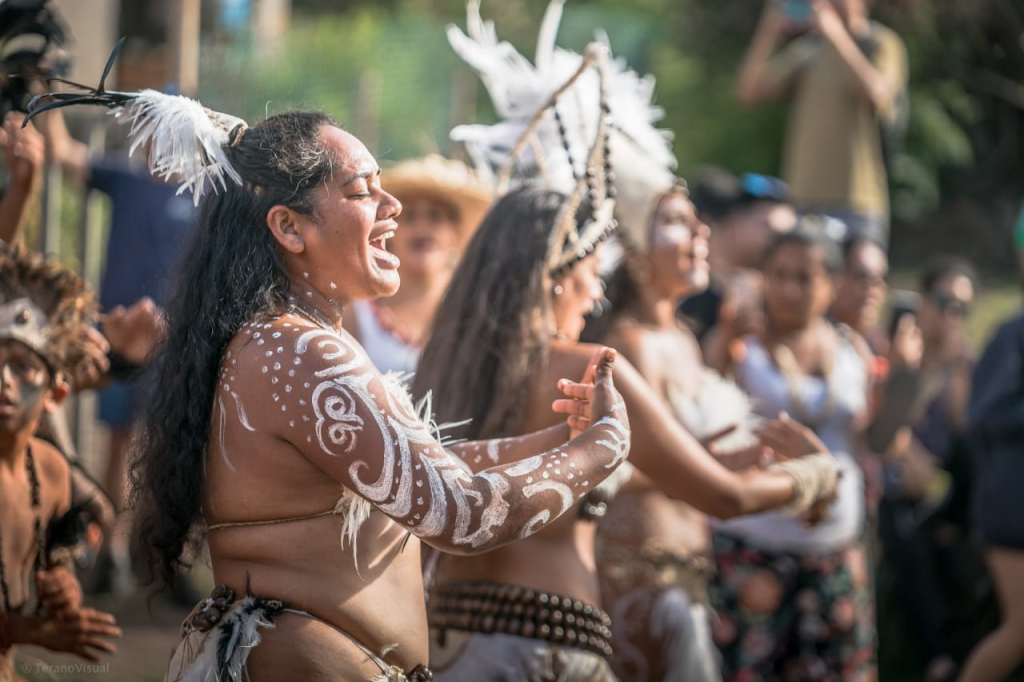
Tapati Rapa Nui is not just a festival—it’s a journey into the heart of an ancient culture that reinvents itself every year. From adrenaline-fueled competitions and sacred ceremonies to art, music, dance, cuisine, and above all, a sense of community that transcends borders.
Visiting Easter Island in February means witnessing a one-of-a-kind event, an invitation to experience the authenticity of a people who resist, celebrate, and proudly share their identity.
And if you want to make the most of this experience, remember that with a private guide from Easter Island Travel, you won’t just visit the National Park’s most iconic sites—you’ll also understand the stories behind each Tapati tradition, with the authenticity and insight that only a local can offer.
Are you ready to live it? Tapati 2026 awaits you.
#TapatiRapaNui #EasterIsland #RapaNuiCulture #CulturalFestival #PolynesianHeritage #TravelToEasterIsland #UniqueExperiences #BucketListTravel #IslandLife #FestivalVibes
